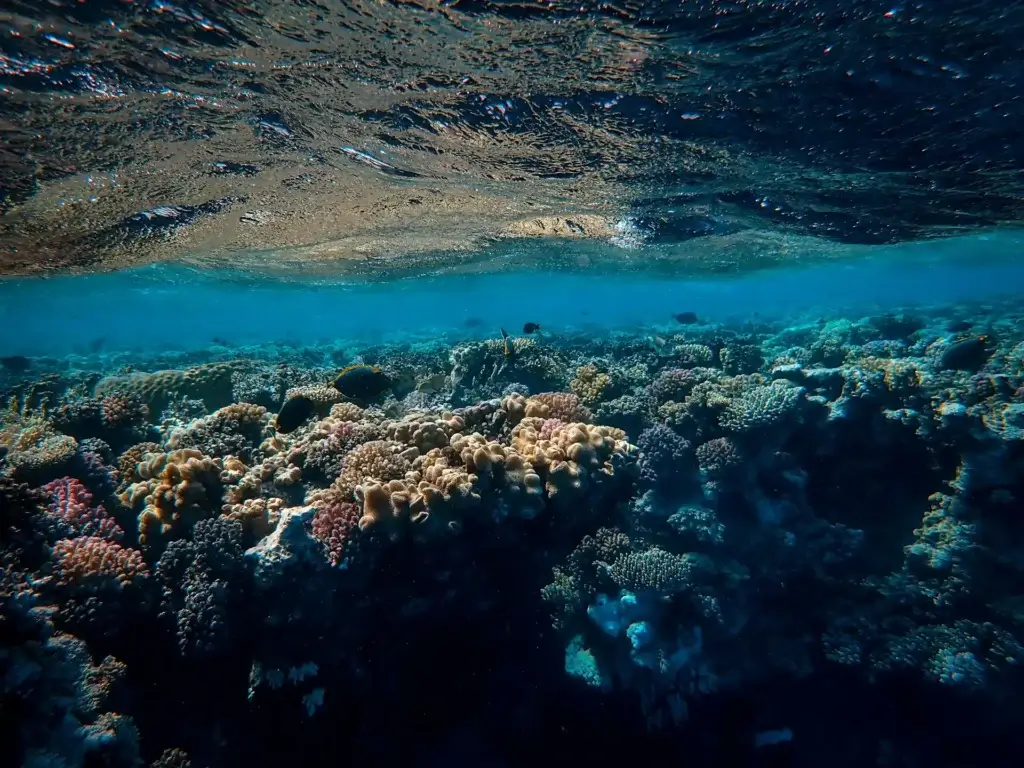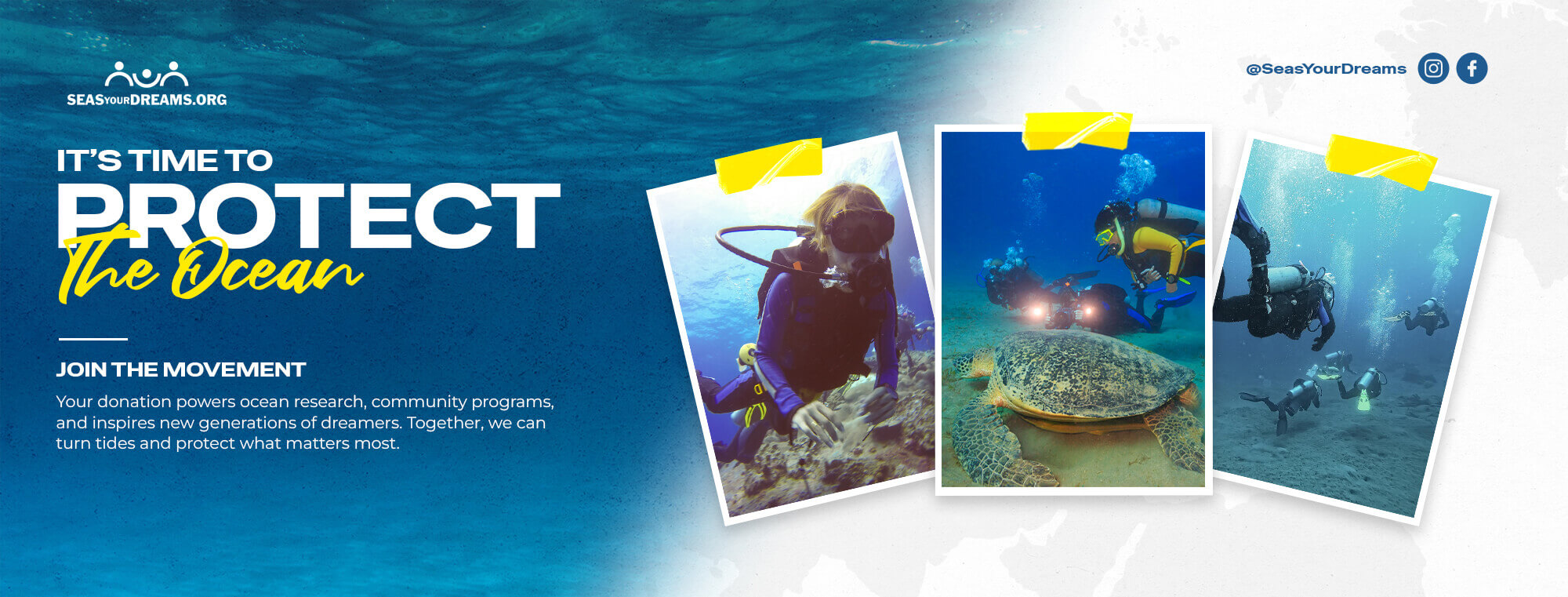Ocean Acidification Effects
on Marine Life

Who Owns the Ocean Explorer Research Vessel?
01
Ocean Acidification Effects on Marine Life
Ocean Acidification Effects on Marine Life
The ocean plays a vital role in regulating the Earth’s climate and supporting countless forms of life. But the health of our oceans is under serious threat from an invisible enemy: ocean acidification.
The ocean acidification effects on marine life are profound and far-reaching. From tiny plankton to coral reefs and large marine mammals, acidifying oceans disrupt delicate balances that marine ecosystems rely on.
This guide explains what ocean acidification is, what causes it, how it affects marine life, and what can be done to slow it down and help marine ecosystems adapt.
What Is Ocean Acidification?
Ocean acidification is the ongoing decrease in the ocean’s pH level caused by the ocean absorbing excess carbon dioxide (CO₂) from the atmosphere.
Since the industrial revolution, human activities like burning fossil fuels and deforestation have released billions of tons of CO₂ into the atmosphere. The ocean absorbs about 30 percent of this CO₂, which reacts with seawater to form carbonic acid.
This chemical process lowers the pH of seawater, making it more acidic.
How Fast Is Ocean Acidification Happening?
The ocean’s pH has dropped by about 30 percent since the industrial revolution a rapid change by geological standards. If current CO₂ emissions continue unchecked, the ocean’s acidity could increase by another 100 to 150 percent by 2100.
This pace is faster than many marine organisms can adapt to, making the ocean acidification effects on marine life a major concern.
Why Does Ocean Acidification Matter?
Ocean acidification is often called the “other CO₂ problem” because it is directly linked to climate change but has unique consequences for ocean ecosystems.
As the ocean becomes more acidic, it changes the chemical conditions that many marine species rely on to build shells, skeletons, and reefs. The ocean acidification effects on marine life include:
- Difficulty for shellfish and corals to form and maintain shells and skeletons.
- Disruption of marine food webs.
- Loss of biodiversity.
- Changes in fish behavior and habitat.
Ocean Acidification Effects on Shell-Building Species
Many marine organisms build shells or skeletons from calcium carbonate, including corals, oysters, clams, mussels, and some plankton species.
In more acidic water, it’s harder for these organisms to extract the carbonate ions needed to form calcium carbonate. Shells become weaker and more prone to dissolve.
For example:
- Coral reefs struggle to grow and can erode faster than they build.
- Oyster and mussel larvae can fail to develop properly.
- Tiny plankton called pteropods, an important food source for fish, have trouble forming shells.
These direct impacts on shell-building species have ripple effects throughout marine food chains.
Coral Reefs and Ocean Acidification
Coral reefs are among the ecosystems most threatened by ocean acidification. Corals build their skeletons from calcium carbonate, and acidified waters slow this process down.
Weakened coral skeletons are more vulnerable to breakage and erosion. Combined with other stressors like warming sea temperatures and pollution, ocean acidification puts entire reef systems at risk.
This is a huge problem for ocean health. Coral reefs support about 25 percent of all marine species despite covering less than 1 percent of the ocean floor.
Effects on Fish and Other Marine Animals
While fish do not have shells, ocean acidification affects them in other ways. Studies show that more acidic water can interfere with fish’s ability to detect predators and find suitable habitats.
Some fish species experience changes in growth rates, reproduction, and behavior under acidified conditions. These changes can disrupt predator-prey relationships and breeding cycles.
Ocean Acidification Effects on Marine Food Webs
The ocean acidification effects on marine life are not limited to individual species. Because many shell-building organisms are near the base of the food chain, their decline affects species that feed on them including commercially important fish.
A disrupted food chain threatens food security for millions of people who rely on healthy fisheries.
Impact on Coastal Communities and Economies
Ocean acidification is not just an environmental issue it is an economic and social challenge too.
Communities that depend on shellfish farming and reef-based tourism are especially vulnerable. As oysters, clams, and corals decline, livelihoods and local economies suffer.
In the Pacific Northwest of the United States, oyster hatcheries have already experienced mass die-offs linked to ocean acidification, forcing businesses to adapt or close.
How Scientists Study Ocean Acidification Effects on Marine Life
Scientists use multiple methods to study ocean acidification:
- Lab experiments: Exposing marine species to different pH levels to observe impacts.
- Field studies: Monitoring natural CO₂ seeps in the ocean that create localized acidified conditions.
- Ocean monitoring: Using pH sensors and oceanographic surveys to track changing ocean chemistry over time.
This research helps predict how marine species and ecosystems may respond to ongoing acidification.
What Can Be Done About Ocean Acidification?
Slowing ocean acidification starts with reducing CO₂ emissions. The same actions that fight climate change also help limit acidification.
Key ocean acidification strategies include:
- Cutting fossil fuel use: Transitioning to renewable energy sources.
- Protecting blue carbon ecosystems: Mangroves, seagrasses, and salt marshes absorb CO₂ and help buffer acidification locally.
- Restoring shellfish populations: Shellfish like oysters naturally filter water and can help improve local water chemistry.
- Reducing other stressors: Managing pollution and overfishing gives marine life a better chance to adapt.
How Marine Protected Areas Help
Marine Protected Areas (MPAs) are part of the solution. By reducing local stressors like overfishing and pollution, MPAs give marine ecosystems breathing room to cope with acidification.
Restoring habitats within MPAs, such as seagrass beds, can help remove CO₂ from coastal waters.
Role of Ocean Conservation Policies
Strong ocean conservation laws and policies support efforts to tackle ocean acidification.
- The United Nations Convention on the Law of the Sea (UNCLOS) includes obligations to protect the marine environment.
- National and regional climate action plans can include measures to monitor and address ocean acidification.
- International agreements like the Paris Agreement help countries coordinate CO₂ reductions.
Community Action Against Ocean Acidification
Communities can play a role in addressing ocean acidification effects on marine life.
- Supporting local renewable energy projects.
- Participating in coastal restoration, such as planting seagrasses or mangroves.
- Advocating for stronger climate policies.
- Supporting sustainable fisheries and aquaculture.
What Businesses Can Do
Businesses connected to seafood, shipping, and coastal tourism can help limit ocean acidification by:
- Reducing carbon footprints.
- Supporting habitat restoration projects.
- Using sustainable practices that reduce local pollution.
- Educating customers about ocean acidification effects on marine life.
What Individuals Can Do
Each person can help slow ocean acidification by:
- Reducing energy use and supporting clean energy.
- Using fewer single-use plastics and minimizing waste.
- Supporting leaders and policies that address climate change.
- Choosing sustainable seafood to reduce pressure on ocean ecosystems.
- Learning about ocean acidification and sharing knowledge with others.
Ocean Acidification: A Hidden Challenge
Unlike oil spills or visible pollution, ocean acidification is largely invisible but its impact is huge. Raising awareness about this “hidden” threat is a powerful step toward collective action.
The more people understand the ocean acidification effects on marine life, the more likely we are to take strong climate action to protect marine ecosystems and coastal communities.
Hope Through Restoration and Innovation
Research into new methods to locally combat ocean acidification is growing.
For example, some shellfish farms are experimenting with adding crushed shells to neutralize acidic water. Other projects restore kelp forests and seagrass beds to naturally absorb CO₂.
While these local actions cannot solve the global problem alone, they buy valuable time for species and communities while larger climate solutions take hold.
Success Stories
- In the Pacific Northwest, shellfish farms now monitor ocean pH and adjust hatchery operations to reduce losses.
- Oyster reef restoration projects on the US East Coast have boosted local shellfish populations, improving water quality and buffering acidity.
- Seagrass restoration in Europe and North America removes CO₂ from coastal waters, improving conditions for nearby marine life.
These examples show that while ocean acidification is a global problem, local solutions make a difference.
Ocean acidification is one of the greatest long-term threats to ocean health. Its impacts ripple through entire ecosystems, food webs, and human communities.
The good news is that actions to reduce carbon emissions, protect blue carbon ecosystems, and restore coastal habitats can help slow acidification and strengthen ocean resilience.
Understanding the ocean acidification effects on marine life is the first step. Taking action individually, locally, and globally is the next.
FAQs
02
FAQs About Ocean Acidification Effects on Marine Life
What is ocean acidification?
Ocean acidification is the process by which the ocean becomes more acidic due to absorbing excess carbon dioxide from the atmosphere.
How does ocean acidification affect marine life?
It makes it harder for shell-building species to form shells, weakens coral reefs, disrupts food webs, and changes fish behavior.
Why are coral reefs at risk?
Corals rely on calcium carbonate to build skeletons, but acidic waters slow reef growth and make corals more vulnerable to erosion and bleaching.
Can ocean acidification affect humans?
Yes, it threatens fisheries, food security, and coastal economies that rely on healthy marine ecosystems.
How can we reduce ocean acidification?
Cut carbon emissions, protect blue carbon habitats like mangroves and seagrasses, reduce pollution, and support sustainable fishing practices.
03
Connect With Us
CONNECT WITH US
Partner with SeasYourDreams.org to create lasting impact. Together, we fund ocean research, inspire through STEM education, and grant medical wishes. Join a network of change makers committed to sustainability, innovation, and compassion. Collaborate with us to amplify efforts and transform lives. Let’s make waves of positive change—partner with us today!
04
INFO
© 2025 | SeasYourDreams. All rights reserved.

